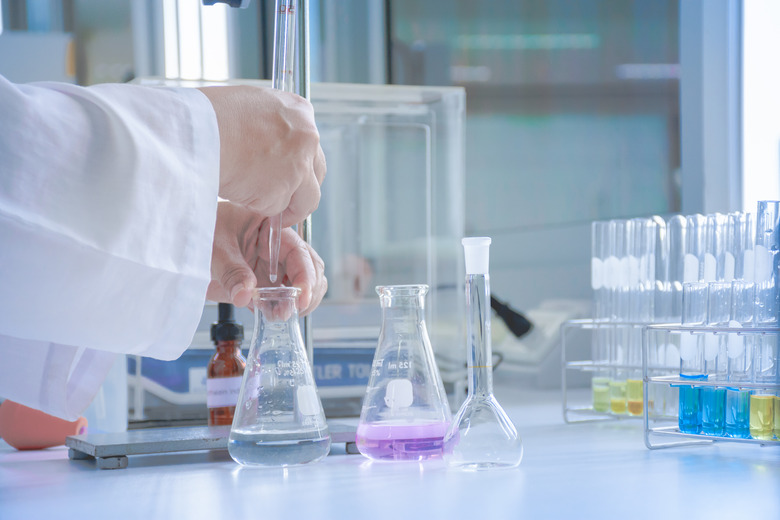The number of parts per million (ppm) tells you how much of a specific substance is in a larger mixture. In other words, it’s a measure of concentration and is widely-used in fields like chemistry and even as a measurement for things like the amount of carbon dioxide in the atmosphere.
Understanding how the measure works and what it really means allows you to calculate it without using a specific parts per million calculator, but those are available too if you don’t want to work it out manually. If you’re a chemistry student or learning about science in general, it’s more important to actually understand what it means, even if you use a purpose-built tool to calculate it.
What Is PPM?
Parts per million or PPM is a dimensionless measure of the concentration of one substance mixed in with another. For example, the amount of lead in a sample of water, or the amount of CO2 in the atmosphere. It’s essentially like a percentage, which you could analogously refer to as “parts per hundred,” but PPM is better suited to substances in much smaller concentrations.
The fact that PPM is a dimensionless measure is important. You have to make sure that the way you’re measuring both the substance you’re interested in and what it’s diluted in is the same.
So if you have a volume of water with something dissolved in it, you’ll either need to use the volume of the other substance (i.e. the solute) too, or use the mass of both. Using the volume of the water but the mass of the solute would lead to a nonsensical result.
PPM by Volume or Mass
Going through a basic PPM calculation by volume or by mass will help to cement the concepts you need to understand. For mass, imagine you have 0.98 liters of water with 0.2 g of salt dissolved in it, noting that 1 L of water = 1 kg of mass, so the total mass in the example is 1 kg. After converting both to the same mass unit, the proportion of salt in the water is given by:
(begin{aligned})(frac{text{mass of solute}}{text{mass of whole solution}} &= frac{0.2 text{ g}}{1000 text{ g}})(&= 0.0002)(end{aligned})
So this is basically “parts per part,” meaning that for one part solution you have 0.0002 parts salt. But of course, having this many decimal points isn’t exactly convenient, so to convert to PPM you multiply by 1,000,000 = 106, giving: 0.0002 × 106 = 220 PPM.
The general approach works for volume calculations, too. Imagine you have a sample of 1 m3 of air, with 0.0004 m3 of carbon dioxide in the mixture: What is the PPM concentration of carbon dioxide? Starting with the “parts per part” or “parts per 1” calculation:
(begin{aligned})(frac{text{ volume of solute}}{text{ volume of whole solution}} &= frac{0.0004 text{ m}^3}{1 text{ m}^3})(&= 0.0004)(end{aligned})
And then multiply this by 106 to finish the PPM conversion: 0.0004 × 106 = 400 PPM.
PPM Calculator and Formula
The approach above generalizes easily, remembering you need to use the same type of quantity in both parts of the fraction:
(text{Concentration in PPM} = frac{text{ amount of solute}}{text{ amount of whole solution}} × 10^6)
This is easy enough to use, but there are many online PPM calculator websites you can use (see Resources). You should also note that because 1 L of water has a mass of 1 kg, a measure of mg/L of water is also a PPM amount by mass.
PPM Conversion From Percentage
Performing a PPM conversion from a percentage is pretty simple. This is because a percentage is “per hundred,” so all you need to do for the PPM conversion is multiply this amount by 104.
(text{Concentration in PPM} = text{Concentration as a percentage} × 10^4)
In words, multiply the percentage value by 10,000 to get a PPM value.

